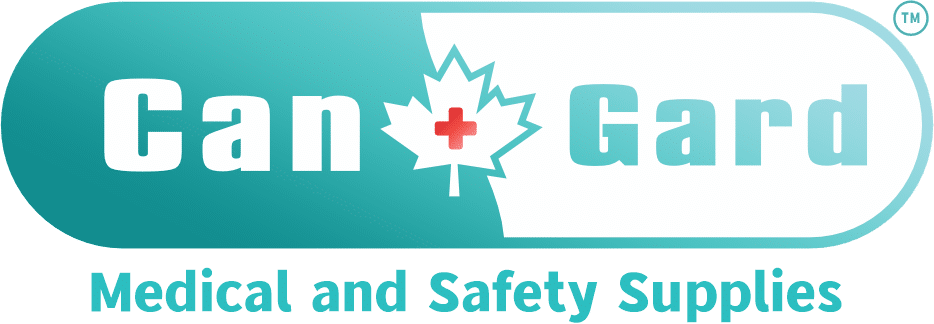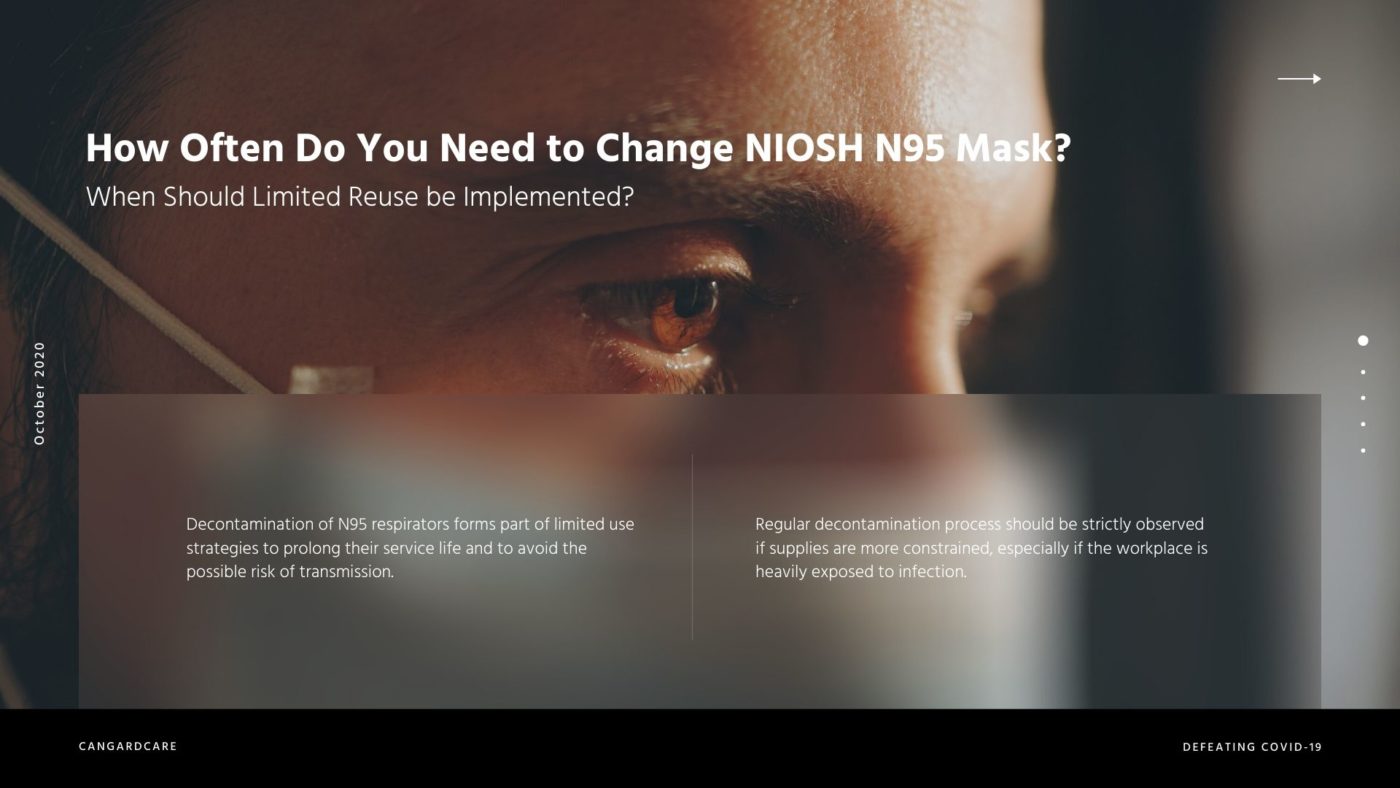No products in the cart.
Face Masks
How Often Do You Need to Change an N95 Mask?
There are specific workplace locations that allow workers to wear N95 respirators, including healthcare facilities and industrial zones, for an extended number of hours. At some point, however, you might wonder whether you need to change an N95 mask during a regular work shift. Here, we discuss the guidelines
When to Reuse – The Guidelines
During widespread outbreaks of infectious respiratory illnesses, supplies of N95 respirators can become scarce. This has prompted the Centers for Disease Control and Prevention (CDC) to establish guidelines suggesting a combination of different approaches to preserve supply without sacrificing the safety of health workers while on active duty. These guidelines involve the practice of extended use and limited reuse of NIOSH-certified N95 masks for personnel at the risk of contracting infections.
What is Limited Reuse?
Limited reuse refers to the practice of wearing the same N95 respirator several times when facing a patient, but you remove it after each encounter, referred to as doffing. In this practice, the respirator is usually stored between encounters and worn again prior to the next encounter with the same patient. Decontamination of N95 respirators forms part of limited-use strategies to prolong their service life and to avoid the possible risk of transmission.
When Should Limited Reuse be Implemented?
Limited reuse of N95 respirators is one of the key strategies being implemented to resolve any known shortage of N95 respirators after contingency measures for conserving supplies have been exhausted. This should only be enforced during crisis capacity situations, such as the declaration of a public health emergency or extensive medical response in a particular geographical location. Once an N95 respirator crisis situation has been resolved, however, such implementation of limited reuse of N95 respirators should be discontinued.
Industrial workplaces and healthcare facilities should explore other available respirators that are designed to be reused and cleansed, such as elastomeric respirators or powered air-purifying respirators, before considering the limited reuse strategy. NIOSH-approved N95 respirators are originally designed as a single-use protective device but can be worn multiple times during a public health crisis. However, effective filter performance and face fit will significantly decrease as the number of doffing or donning increases. This only means that an N95 respirator, which has been worn several times, may likely give you less protection aside from having deformed head straps.
What’s the Maximum?
The maximum number of times that an N95 respirator can be used is dictated by device damage, agent contamination, and loose fit, and reduced filter performance. If the respirator becomes contaminated with blood, nasal secretions, and other forms of bodily fluids, it should be discarded immediately. You should also dispose of the N95 respirator if deformities like broken straps, damaged exhalation valves, and noise components are obviously visible.
A Limited Reuse Strategy to Reduce the Risk of Self-contamination
Limited use of N95 respirators may potentially put anyone at risk of self-contamination if the protective device is not properly discarded or if the wearer frequently touches the surface. One effective strategy to minimize the transfer of pathogens from the respirator to the user is to use several pieces of respirators in one work shift.
Healthcare providers are advised to issue at least five N95 respirators for every health worker caring for patients with highly infectious respiratory diseases like SARS and COVID-19. You should only wear one surgical N95 respirator each day and store it in a breathable container after a hard day’s work. Do this practice for your next four N95 respirators with a minimum of five days interval between each use of a respirator (rotating the use each day between N95 masks).
This limited use strategy will provide some time for the pathogens to die off naturally during storage, thus further reducing the risk of infecting yourself as well as harming others. This requires a minimum of five N95 respirators per medical staff member who is expected to practice proper use, removal, and disposal of N95 respirators. As a safety precaution, healthcare staff should always treat reused N95 respirators as a contaminated device while constantly observing personal hygiene during work time.
How to Reapply
If you need to adjust the facepiece respirator fit or remove it from your face, make sure to use an alcohol-based hand sanitizer or wash your hands with mild water and soap before and after touching it. According to CDC guidelines, the number of times a reused N95 respirator can be worn should be no more than five times per unit. Though it may be possible to wear an N95 respirator for some models, filter performance and fit checks should be frequently monitored by a designated safety officer.
When to Reuse vs. Change an N95 Mask
If manufacturer instruction on how many times an N95 respirator can be worn is not readily accessible, the CDC still suggests limiting the use of the device to five times. Nonetheless, fit performance and breathing resistance will gradually decrease when used multiple times or if the respirator is openly exposed to hazardous airborne particles.
What if You Can’t Change an N95 Mask Regularly?
If the healthcare provider is not capable of providing five units of N95 respirator per medical worker, decontamination procedures for limited respirator use may be necessary. Regular decontamination processes should be strictly observed if supplies are more constrained, especially if the workplace is heavily exposed to infection.

